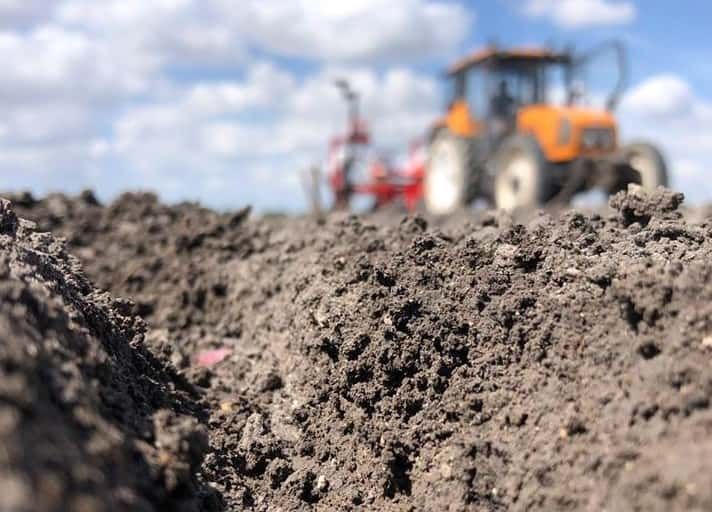Sowing, tips for good development

- Sowing: sowing depth must be adapted to the water status of the soil:
- Fresh seedbed: 2-3 cm
- Dry soil on the surface: 3-4 cm (4-5 cm for non-sloping soils). - Weather conditions: early sowing generally avoids early water stress at the flowerbud stage. Vegetation zero is around 6°C. The minimum soil temperature for germination is 4°C (optimum temperature is 8°C at 5 cm depth). Germination must take place quickly after sowing and within 10 days to avoid attacks by pests (wireworms, slugs, tanymecus, etc.).
The cold resistance of sunflower varies according to the stage of development:
- Cotyledon stage: down to -5°C.
- From one-leaf stage: down to 0°C with necrosis on the leaf but without causing the death of the plant. - Soil: The taproot can reach a depth of 3m. This root characteristic gives the plant strong capacity to exploit water, nitrogen and mineral elements, even in extreme situations. For this reason, sunflower is very demanding in terms of soil structure: deep compaction can be a problem for a good establishment. This can lead to a drop in the leaf area index, increased sensitivity to water stress and grain filling defects (low thousand kernel weight).
Seedbed quality is also essential to achieve homogeneous emergence.
To prepare the seedbed:
- Favour non-powered tine tools.
- Work the soil under optimum drying conditions and limit the use of tools.
- Weed control: The false sowing technique can be an option but at least one month before the real sowing. It is recommended to apply herbicide at post-sowing or pre-emergence stage.
For more information, download our sunflower brochure: click here
